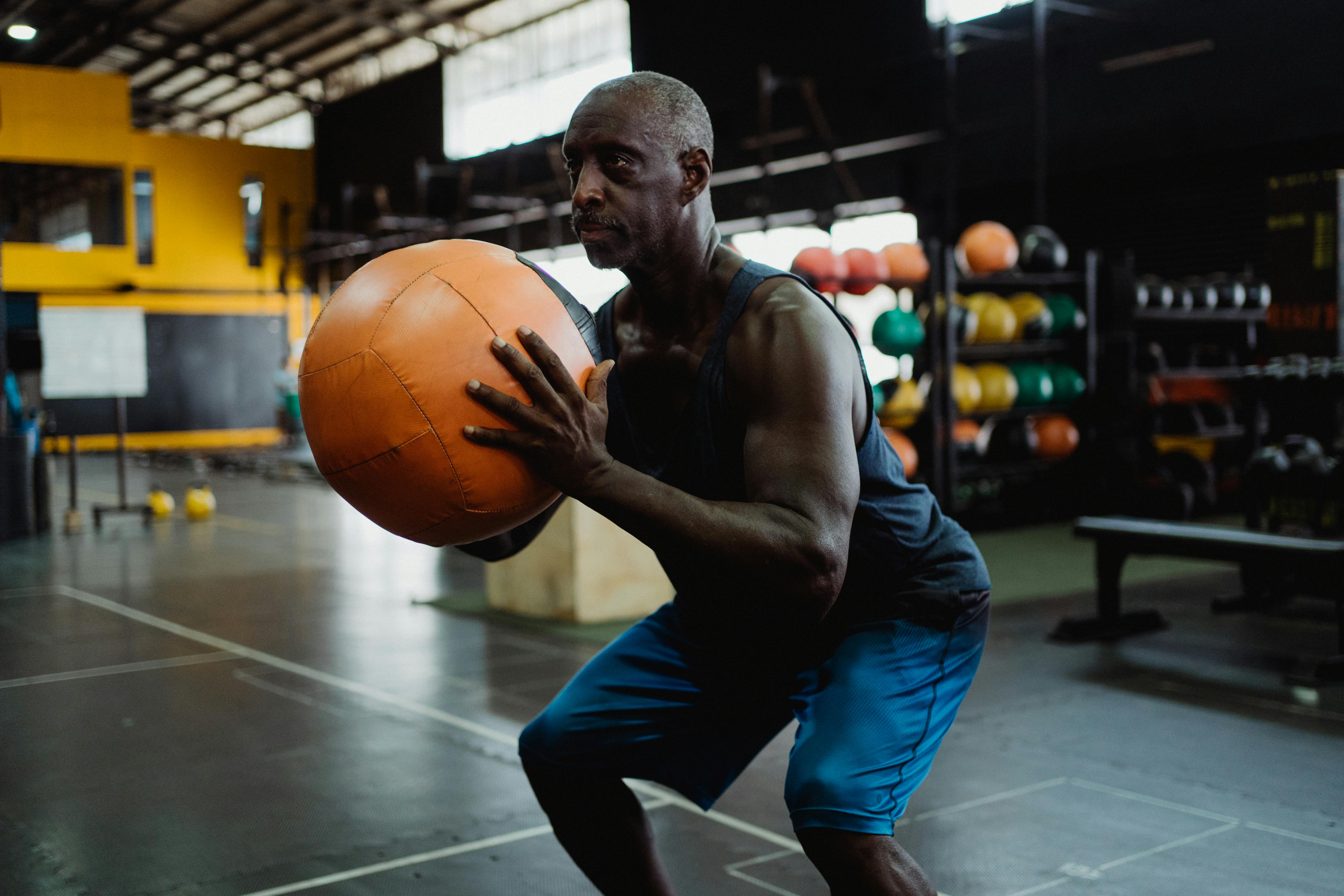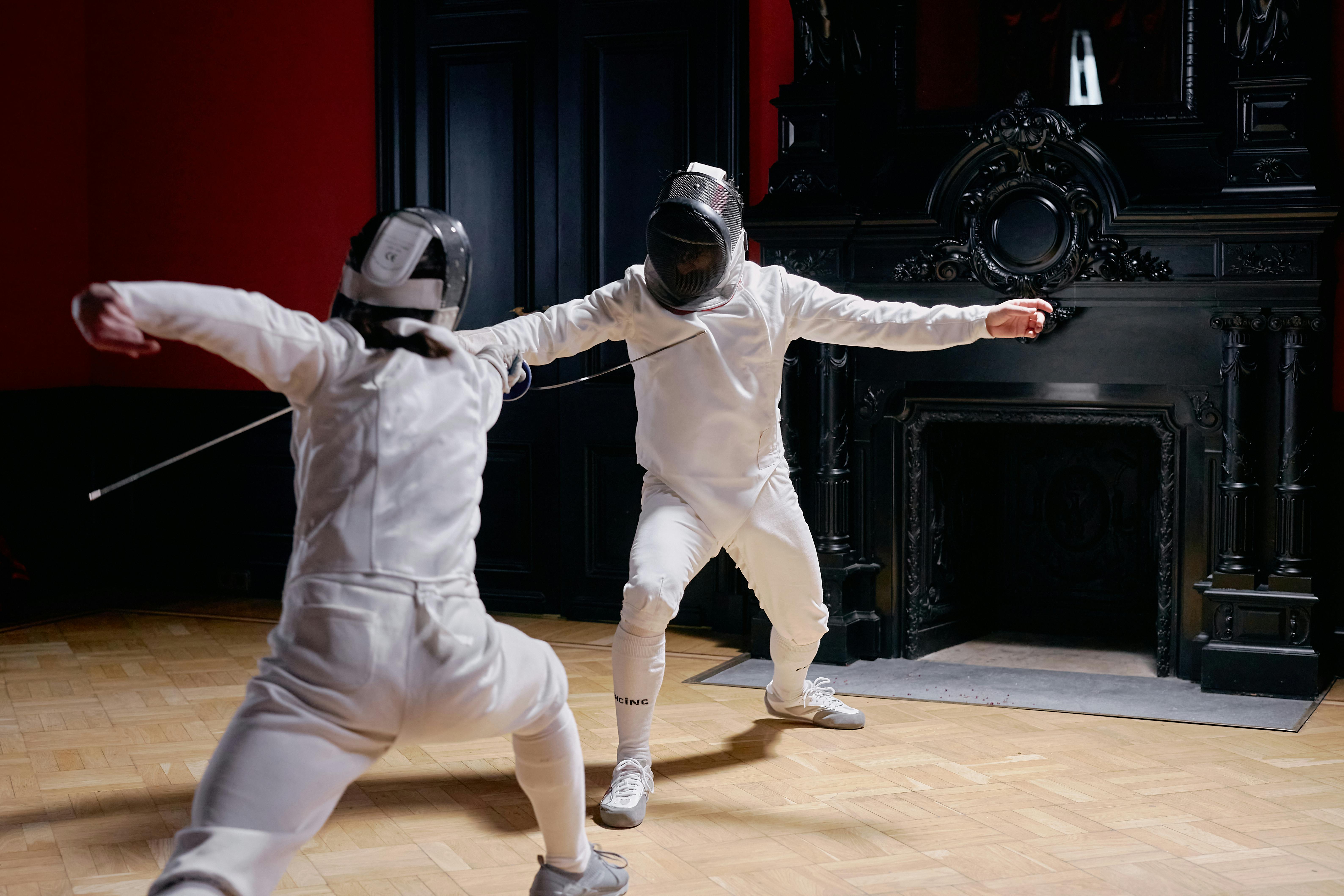The first decade of the 21st century is drawing to a close, and regardless of the outcome of the remaining matches still to be played in what has become an exciting 2010 for professional boxing, it is time to recapture the glory years. boxing entertainment. It is time to remember those who gave color, drama and life to the sport; those who created indelible marks among the fans; and those who, year after year, have proven their reign at the top of the ring by taking on the toughest opposition. I mean, let’s meet, one more time, the fighters of the decade.
1910’s-1920’s
BoxRec Boxing Encyclopedia wrote that “Jack Dempsey changed the sport of boxing from a slow, defensive contest of single punches and frequent holds to a thrilling, aggressive battle of furious combinations and fiery knockouts.” But his life outside the ring gave him a bad press. Widely regarded by many as “a thug who wallows in immorality and brutality”, fans loved to hate him. And yet, when Gene Tunney dethroned him in 1926 after a 7-year reign, ironically, fans began to look up to him. Tunney was the epitome of a smart, scientific boxer, and they found him boring to watch. They missed Jack’s “ultra-masculine charisma and slugger strength”. In Dempsey’s day, no one packed a crowd like he did.
Still, when scribes coined the term “pound for pound” during this period, it was not because of Dempsey. It was for Benny Leonard, who reigned as lightweight champion from May 1917 to January 1925. Boxing experts argued that Leonard at the time was the best, pound for pound. They also mentioned Harry Greb, a middleweight champion from 1923 to 1926. Greb has incredibly beaten heavyweight opponents in both the light heavyweight and heavyweight divisions. He had the distinction of being the only boxer to beat Gene Tunney, the light heavyweight champion and conqueror of the king of heavyweights Jack Dempsey.
1930
Henry Armstrong shook the boxing world in 1937 and 1938, generating aftershocks that would continue to be felt to this day. At a time when there were only 8 weight divisions, he successively won featherweight, welterweight, and lightweight titles in a 10-month period (October 1937 to August 1938). Thus, Armstrong would go down in boxing history as the only fighter to hold 3 world titles in 3 different divisions all at the same time.
Also at this time, heavyweight champion Joe Louis began an excellent career and would go on to dominate the opposition into the latter part of the 1940s. Early in the decade, Barney Ross marked his class in the lightweight and welterweight divisions. , beating Italian Tony Canzoneri twice, among others.
1940
World War II momentarily brought ring action to a halt except on a very few occasions. Joe Louis kept his title despite being out of the ring due to his military service, and when he returned in 1946, he defended it 5 more times until Ezzard Charles defeated him in 1950.
In the lighter divisions, featherweight champion Willie Pep made it hard for anyone to notice. He won 229 of his 241 fights and, in the process, showed his opponents the best defensive points in boxing.
By the late 1940s, the welterweight division had run out of warm bodies that would be capable of putting up decent competition against a rising star named Sugar Ray Robinson.
1950
Sugar Ray Robinson remained the king of welterweights and, by now, was boxing’s newest darling. He reminded boxing historians of Benny Leonard, Henry Armstrong, Willie Pep and all the great fighters in the lightweight divisions before him. The only difference with them, it seemed, was that he was better. By the time he annexed the middleweight crown early in the decade and bested top middleweights thereafter, the term “pound-for-pound” champion that cropped up briefly during the Leonard era was back, and firmly associated with Robinson. Fans found him so good that beating him, which Carmen Basilio and Gene Fullmer did when Robinson was seemingly past his prime, earned him an exalted place on the list of all-time greats.
1960
Cassius Clay became Muhammad Ali the same night he wrested the heavyweight crown from Sonny Liston in 1964. Producing spectacular victories inside the ring and creating political drama outside of it made Ali the most recognizable and probably adored athlete in history. this was.
The lighter weight divisions also produced an exciting crop of fighters in bantamweight champion Edre Jofre (Brazil), his conqueror Fighting Harada of Japan, junior lightweight king Gabriel “Flash” Elorde (Philippines) and lightweight Carlos Ortiz (Puerto Rico).
1970
At no time was there such a bountiful harvest, so to speak, of talent in the heavyweight division as in this period. Ali, Joe Frazier, and George Foreman were not only former Olympic stars, they were all undefeated challengers when they won the heavyweight championship as well. Frazier took the title vacated by Ali (who preferred to serve in prison rather than do military service during the US-Vietnam War in the 1960s and 1970s). Frazier relinquished it to Foreman via a second round KO loss. Ali regained his title from Foreman after beating the latter in 8 rounds.
On the other hand, Argentine Carlos Monzón ascended the middleweight throne in 1970 and was left with no capable opponents in that division until he retired in 1977. Pundits viewed him as the pound-for-pound champion in this era—that is, until that Roberto Durán from Panama appeared. .
1980
Just like what Monzón did in the middleweight class, Durán defeated all the competitors in the lightweight division. He eventually invaded the talent-laden middleweight and welterweight divisions. He won the welterweight championship from Sugar Ray Leonard in his first meeting (1980), only to hand it over to Leonard in their return fight. Leonard not only outpointed Duran in their 3-fight matchup, he beat Hall of Famer Thomas Hearns and decided all-time great middleweight Marvin Marvelous Hagler, among many others who’s who in boxing.
1990
Mexicans Julio Cesar Chavez, Pernell Whitaker, Oscar De La Hoya and Roy Jones Junior dominated their respective divisions during this period. Although Chavez, Whitaker and De La Hoya intersected at points in their careers, one would be out of his prime relative to the other. Therefore, the results of their personal matches could hardly be a measure of who was superior to whom. jones? It rocked (for a while, that is).
2000
Jones and De La Hoya eventually shared the spotlight with newcomers Shane Mosley, Bernard Hopkins and Floyd Mayweather. All of them would go on to win pound-for-pound titles at certain points in their careers, with Mayweather considered the best until he retired in 2007. Meanwhile, Filipino Manny Pacquiao climbed the higher weight divisions blitzkrieg-style. Starting as flyweight champion in 1998, he won the bantamweight crown in 2001, the legendary featherweight crown in 2003, the super featherweight belt in March 2008, the lightweight championship in July 2008, the trophy at light welterweight in May 2009 and at welterweight 6 months later. In December 2008, he faced De La Hoya also at 147 pounds and defeated him in 7 rounds. Experts admitted that the type of climb he made had never been done before by any fighter.
Meanwhile, Mayweather decided to return to fighting, celebrating his return to ring action with a convincing decision victory over Juan Manuel Márquez in September 2009. A month later, Pacquiao himself cemented his unique status among the best boxers in the world. world by becoming the only boxer to have won world titles in 7 weight divisions when he defeated Miguel Cotto for the latter’s welterweight crown. The outcome of both bouts had left the boxing world eager to see if Mayweather could reclaim his pound-for-pound title from Pacquiao via ringside fight. And while the boxing world waited, Pacquiao wasn’t done with his belt-grabbing binge. As recently as November 13, he defeated Antonio Margarito to win the WBC junior middleweight title.



